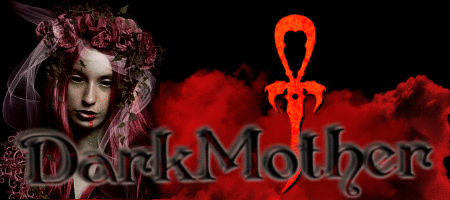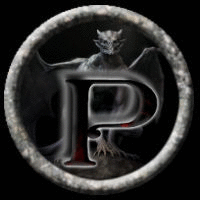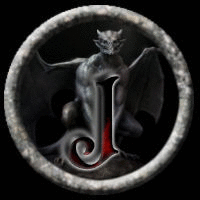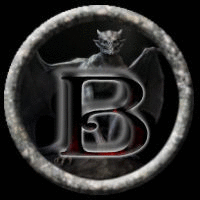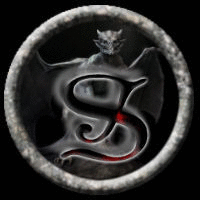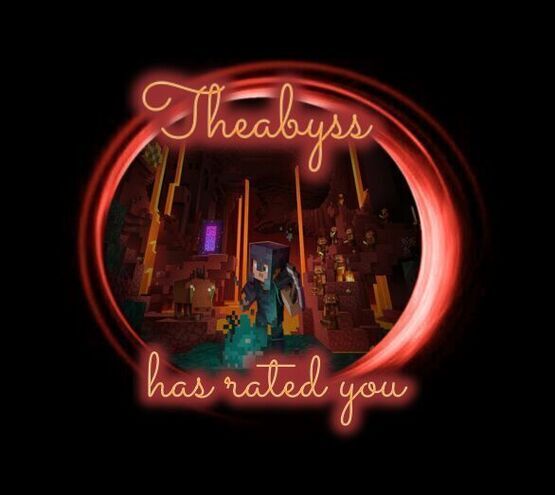❤️ Safe Haven ❤️ Dark Kindred ❤️ Join Us Set at 17:05 on August 27, 2023
Websites Quote: Souls fear what they dont understand. Education is the tool needed for self growth and life.
Member Since: Jul 08, 2014
Last Login: Oct 22, 2025 Times Viewed: 21,789
Times Rated: 619 Rating: 9.866
Rate this profile [ All Comments ]
Choose Layout
Phantasm (Default)
Bantam Brown
Cimmerian Red
Eternal Boys
Eternal Girls
Eternal Epicene
Mobile
Oracle Red
VR Classic Blue
VR Classic Green
VR Classic Purple
VR Classic Red


